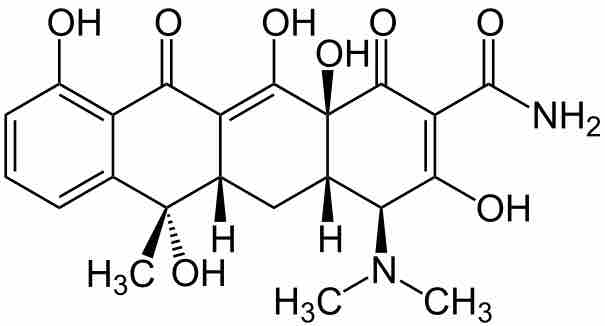Polyketides are secondary metabolites produced from bacteria, fungi, plants, and animals.
Secondary metabolites are organic compounds that are not directly involved in the normal growth, development, or reproduction of an organism. Unlike primary metabolites, the absence of secondary metabolites does not result in immediate death, but rather in long-term impairment of the organism's survivability, fecundity, or aesthetics, or perhaps in no significant change at all. Secondary metabolites are often restricted to a narrow set of species within a phylogenetic group. Secondary metabolites often play an important role in plant defense against herbivory and other interspecies defenses. Humans use secondary metabolites as medicines, flavorings, and recreational drugs.
Polyketides are usually biosynthesized through the decarboxylative condensation of malonyl-CoA derived extender units in a similar process to fatty acid biosynthesis (a Claisen condensation). The polyketide chains produced by a minimal polyketide synthase are often further derivitized and modified into bioactive natural products.
Polyketides are structurally a very diverse family of natural products with diverse biological activities and pharmacological properties. They are broadly divided into three classes: type I polyketides (often macrolides produced by multimodular megasynthases), type II polyketides (often aromatic molecules produced by the iterative action of dissociated enzymes), and type III polyketides (often small aromatic molecules produced by fungal species). Polyketide antibiotics, antifungals, cytostatics, anticholesteremic, antiparasitics, coccidiostats, animal growth promoters, and natural insecticides are in commercial use.
Examples of polyketides include: Macrolides; Pikromycin, the first isolated macrolide; the antibiotics erythromycin A; clarithromycin, and azithromycin; the immunosuppressant tacrolimus; Radicicol and Pochonin family (HSP90 inhibitor); Polyene antibiotics; Amphotericin; Tetracyclines and the tetracycline family of antibiotics.

Tetracycline structural formula
Polyketides are synthesized by one or more specialized and highly complex polyketide synthase (PKS) enzymes.